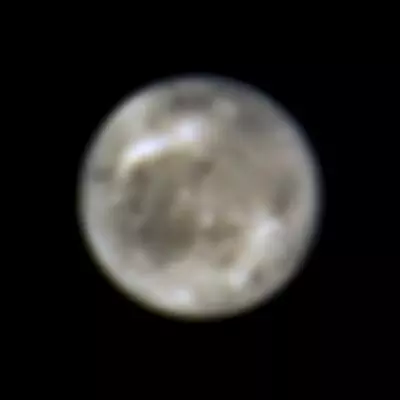
Hubble uncovers first evidence of water vapour on Jupiter's moon
text_fieldsWashington: Astronomers have uncovered evidence of water vapour in the atmosphere of Jupiter's moon Ganymede using NASA's Hubble Space Telescope.
The findings published in the journal Nature Astronomy reports that this water vapour forms when ice from the moon's surface sublimates -- that is, turns from solid to gas.
Previous research has offered circumstantial evidence that Ganymede, the largest moon in the solar system, contains more water than all of Earth's oceans.
However, temperatures there are so cold that water on the surface is frozen solid. Ganymede's ocean would reside roughly 100 miles below the crust; therefore, the water vapour would not represent the evaporation of this ocean. To find this evidence of water vapour, astronomers re-examined Hubble observations from the last two decades.
The team, led by Lorenz Roth of the KTH Royal Institute of Technology in Stockholm, Sweden, analysed combined data from two instruments: Hubble's Cosmic Origins Spectrograph in 2018 and archival images from the Space Telescope Imaging Spectrograph (STIS) from 1998 to 2010.They discovered there was hardly any atomic oxygen in Ganymede's atmosphere.
Ganymede's surface temperature varies strongly throughout the day, and around noon near the equator it may become sufficiently warm that the ice surface releases (or sublimates) some small amounts of water molecules.
"So far only the molecular oxygen had been observed," explained Roth.
"This is produced when charged particles erode the ice surface. The water vapour that we measured now originates from ice sublimation caused by the thermal escape of water vapour from warm icy regions," Roth added.
The finding adds anticipation to European Space Agency's upcoming mission, JUICE, which stands for JUpiter ICy moons Explorer. JUICE is planned for launch in 2022 and arrival at Jupiter in 2029, it will spend at least three years making detailed observations of Jupiter and three of its largest moons, with particular emphasis on Ganymede as a planetary body and potential habitat.
Currently, NASA's Juno mission is taking a close look at Ganymede and recently released new imagery of the icy moon. Juno has been studying Jupiter and its environment, also known as the Jovian system, since 2016.























